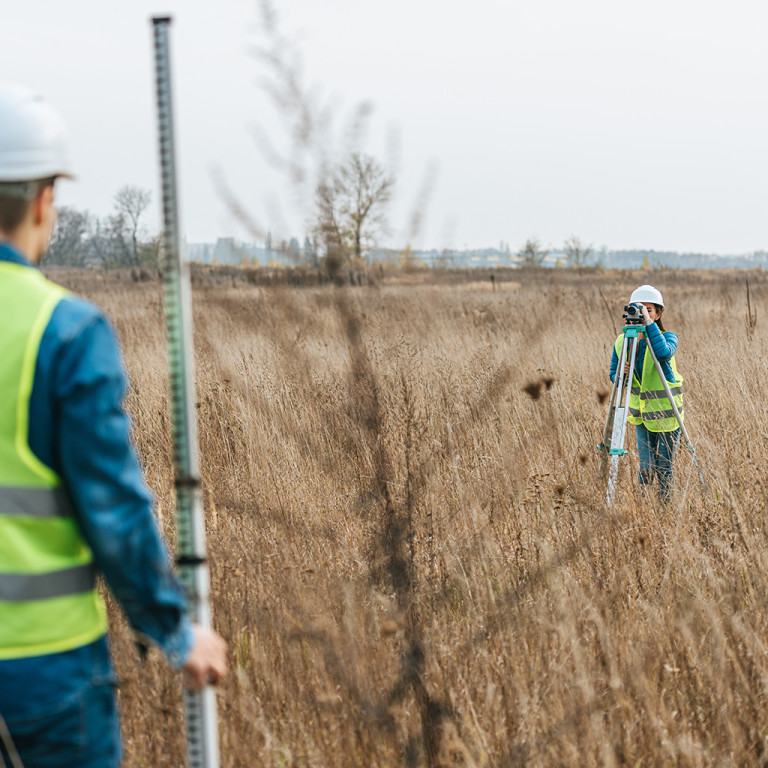In a recent planning appeal, an Inspector upheld an enforcement notice that required the demolition of a dwelling that had been constructed 7 years earlier.
The Local Planning Authority (LPA) had served an enforcement notice alleging a material change of use and requiring the demolition of the dwelling on the land which it said was part and parcel of the material change. This decision is an important reminder of the time limits for taking enforcement action and of how buildings may not always be immune from enforcement action after 4 years.
The time limits for enforcement action are set out in s.171B of the Town and Country Planning Act 1990 and can be summarised as follows:
The 4-year rule
The 4-year rule applies to:
(i) operational development i.e. carrying out building, engineering, mining, or other operations on over or under land without planning permission; and
(ii) change of use of a building to use as a single dwelling house
The 10 year-rule
The 10-year rule applies to any other breach of planning control. This includes breaches of condition and changes in the use of land (other than a change of use of a building to a single dwelling house).
Operations that are part and parcel of the unauthorised use
Where an LPA alleges a material change of use which is subject to the 10 year rule, the enforcement notice can require buildings that were constructed more than 4 years earlier to be removed and the land restored to its previous condition provided the buildings are integral to the unauthorised material change of use and do not work previously undertaken for some other lawful use of the land.
This principle, which was set out in the case of Kestrel Hydro v SSCLG [2016] EWCA Civ 784, does not apply where the operational development exceeds that which is truly integral to a material change of use because of its nature or scale, and it does not override the regime of different time limits for different types of development as set out in s.171B of the Town and Country Planning Act 1990.
In this particular appeal, the dwelling was only a single-storey building which was associated with the material change of use. It was not of a nature and scale that would take it beyond what could be considered integral to the material change of use. The Inspector agreed that it was appropriate for it to be removed to remedy the breach of planning control. Had the building not been integral to the unauthorised use it would have been treated as operational development in its own right and would have been subject to the 4-year rule.
The decision will be of interest to planners and lawyers advising on unauthorised development and to conveyancers and landowners. The full decision notice can be found here.
How we can help
Our experienced team of planning lawyers are on hand to advise on planning enforcement and can be contacted by telephone on 01392 207020 or emailed at planning@tozers.co.uk






